University of Strathclyde
Type of resources
Topics
Keywords
Contact for the resource
Provided by
Years
Formats
Representation types
Update frequencies
Scale
Resolution
-
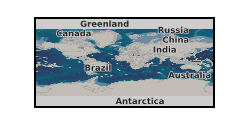
This dataset provides the linepacking times that have been generated for a set of pipeline dimensions, flow rates, lengths and pressure conditions. This work has been funded by the UK Carbon Capture and Storage Research Centre within the framework of the FleCCSnet project (UKCCSRC-C1-40). The UKCCSRC is supported by the EPSRC as part of the Research Councils UK Energy Programme (https://doi.org/10.1016/j.ijggc.2017.06.002). This dataset forms the basis of the work and analysis presented in the paper: Aghajani, H, Race, JM, Wetenhall, B, Sanchez Fernandez, E, Lucquiaud, M & Chalmers, H 2017, 'On the potential for interim storage in dense phase CO2 pipelines' International Journal of Greenhouse Gas Control.
-
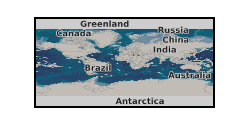
This presentation on the UKCCSRC Call 1 project, Flexible CCS Network Development, was presented at the Workshop1, 30.04.14. Grant number: UKCCSRC-C1-40.
-
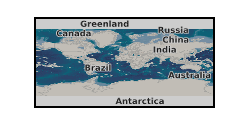
This poster on the UKCCSRC Call 2 project, Shelter and Escape in the Event of a Release of CO2 from CCS Infrastructure (S-CAPE), was presented at the Cranfield Biannual, 21.04.15. Grant number: UKCCSRC-C2-179.
-

Compilation of CO2 release field experiments conducted worldwide for which the research results are publicly available prior to May 2017. This includes 14 field sites and 41 field experiments. For each field site, where possible, there is data on: The project: including primary aims, partners, total funding, duration, current status, website. Site information: including geology (target formation and overburden), hydrology, environment. Field experiment set-up: including injection depth, well orientation. Summary activity: total number of experiments at the site, total CO2 released. For each experiment at each site, where possible, there is data on: Injection parameters, including injection strategy, rate, duration, start and end date, CO2 source and properties, use of tracers; Site parameters, such as groundwater depth at time of experiment; Leakage to surface, including whether CO2 leakage to surface occurred, quantitation; Characteristics of surface leakage, including location, distribution, time taken to reach surface, evolution as experiment progresses; Subsurface CO2 spread, in soil gas and groundwater interaction, environmental impact; Monitoring including area monitored, duration of monitoring before, during, and after the release. Data sources are clearly cited. Paper reference: https://www.sciencedirect.com/science/article/pii/S0012825218304264?dgcid=author.
-
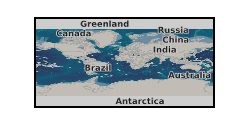
This data contains the output from the first Flexible CCS Network Development (FleCCSnet) workshop of stakeholders discussing the development of CO2 networks in the UK. The first was held on the 30 April 2014 at the University of Edinburgh, UK. The purpose of Workshop 1 was to identify and confirm the key questions to be considered in order to understand the most likely impacts of variability in the CO2 sources and variability in CO2 sinks on CO2 transport system design and operation. There were a total of 21 attendees including 7 representatives from PSE, Scottish Power, BP, SCCS, Parsons Brinckerhoff, Element Energy, and AMEC. The dataset consists of two reports. The first report, 'Developing CO2 networks: Key lessons learnt from the first Flexible CCS Network Development (FleCCSnet) project workshop', summarises the workshop findings, which have been used to create a series of scenarios that were investigated by transient simulation. The scenarios developed are described in the second report, 'Developing CO2 networks: Scenarios building on the first Flexible CCS Network Development (FleCCSnet) project workshop'.
-
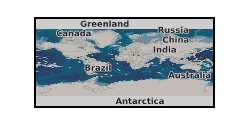
This poster on the UKCCSRC Call 2 project Shelter and Escape in the Event of a Release of CO2 from CCS Infrastructure (S-CAPE) was presented at the UKCCSRC Manchester Biannual Meeting, 13.04.2016. Grant number: UKCCSRC-C2-179.
-
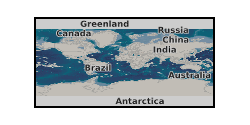
This is a blog (Update, 06.03.14) on the UKCCSRC Call 1 project, Flexible CCS Network Development. Grant number: UKCCSRC-C1-40.
-
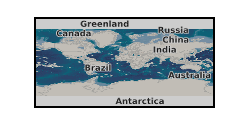
This Microsoft Excel document contains 5 worksheets providing data produced by research as part of UKCCSRC Call 1 funded project (grant number UKCCSRC-C1-31) and UKCCSRC funded international exchange. These data are presented and discussed in the manuscript "Geochemical tracers for monitoring offshore CO2 stores" by J. Roberts, S. Gilfillan, L. Stalker, M. Naylor, https://doi.org/10.1016/j.ijggc.2017.07.021. Then data details the assumptions around background concentrations of chemical tracers in the atmosphere and seawater, cost per litre, and how tracer detection concentrations (and so cost and potential environmental impact were calculated).
-
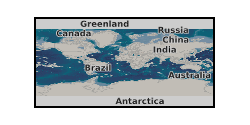
This presentation on the UKCCSRC Call 1 project 3D Mapping of Large-Scale Subsurface Flow Pathways using Nanoseismic Monitoring was presented at the UKCCSRC Manchester Biannual Meeting, 13.04.2016. Grant number: UKCCSRC-C1-19.
-
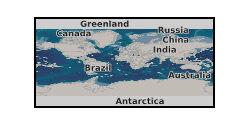
The project will three-dimensionally image hydraulically conductive features in the reservoir, caprock and overburden of an active CO2 injection site: the Aquistore site, Canada. Our research will provide important information on potential migration pathways within the storage complex to inform future monitoring strategies at the Aquistore site and at future storage sites. We will monitor micro-seismic events prior to, and during, CO2 injection using a three-component nanoseismic surface monitoring array which will complement data collected by the existing geophone network at the site. This analysis can be used to provide deep focussed monitoring information on permeability enhancement near the injection point. As injection continues it will also enable imaging of any flowing features within the caprock. Grant number: UKCCSRC-C1-19.
 NERC Data Catalogue Service
NERC Data Catalogue Service